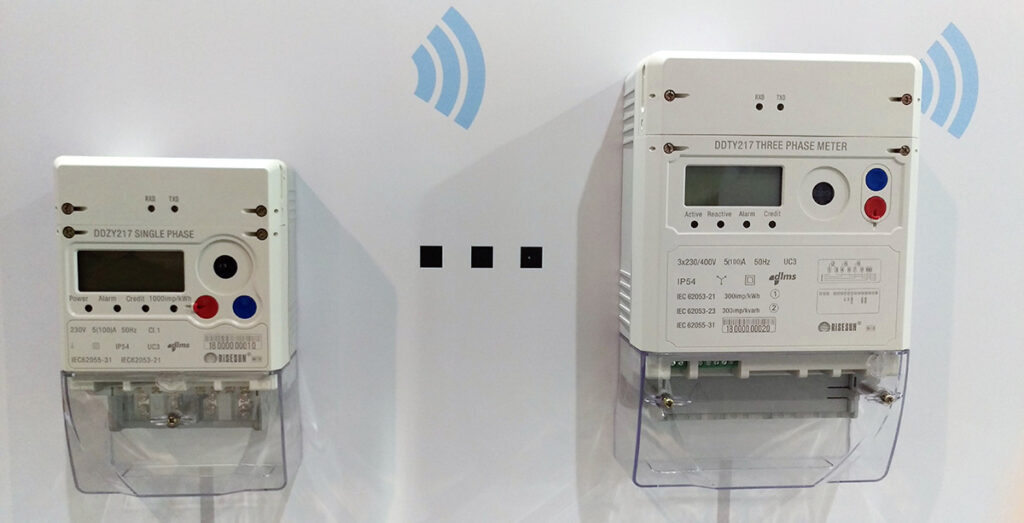Smart Metering
SMART CITY SOLUTIONS
AND TOOLS
Introduction
Smart meters are a digital solution to old energy meter systems, improving energy efficiency – recording, storing, and transmitting real-time energy consumption data by a residence or commercial building back to the utility via secure wi-fi enabled communications networks.
Description
Smart meters monitor energy quality, quantity, and time of electricity, gas, and water consumption in real-time. Smart meters also send digital data provided by utilities directly back to energy customers for real-time monitoring; besides sending data to the utility for better resource management and load balancing. By providing a better understanding of individual usage, smart meters can help customers make sustainable choices based on their actual household needs. However, having a smart meter cannot reduce households’ electricity use on itself. By being aware of their usage and spend, they are more inclined to reduce their usage, especially if they don’t pay attention to it.
Smart and green cities today are ensuring that smart metering technologies are incorporated in to their core urban infrastructural systems, ranging from transport, energy, water, and sewage systems, schools, enterprises, public spaces and services to improve cost efficiency and performance.
The smart grid refers to “informed” energy distribution grids that optimise transmission of electricity, so that it becomes decentralised in relation to the power plants where it is produced. This enables green cities to predict energy requirements and optimise production.

Advantages and challenges
+ No need to submit meter readings and accurate electricity bills.
+ Households can track their usage and spend in real time, and identify how they use electricity.
+ Remote troubleshooting or notification, restoring of power outages and service disconnect if necessary.
+ Easier to prevent meter tampering and energy theft.
+ Easy to change utility provider, and implement new pricing and load management efforts.
+ Improved power quality throughout the grid by reducing distribution losses and energy costs.
– Transitioning to new technology and processes is costly.
– Managing public reaction and customer acceptance of the new meters.
– Making a long-term commitment to the new metering technology and related software can also be challenging.
– Requires IT competence and digital literacy.
– No guarantee households will save energy or money.



